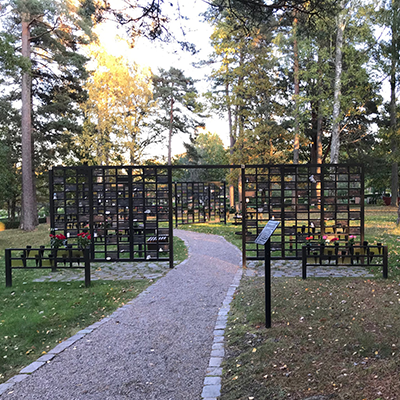Facts:
Project leader (PI) Sweden
Carola Wingren, Professor, Division of Landscape Architecture, SLU
Project leader Europe:
Avril Maddrell, Associate Professor, Cultural Geography, University of Reading
Project participants
Helena Nordh, Researcher, Division of Landscape Architecture, SLU
Read more about Helena Nord on her CV page
Send an e-mail to: helena.nordh@slu.se
Christoph Jedan, Professor, Ethics and Comparative Philosophy of Religion, University of Groningen
Eric Venbrux, Professor, Comparative Religious Studies, Radboud University
Katie McClymont, Senior Lecturer, Urban Planning, University of the West of England, Bristol
Yasminah Beebeejaun, Associate Professor, Bartlett School of Planning
Tanu Priya Uteng, Senior Research Planner, Norway Institute of Transport Economics
Sonja Kmec, Associate Professor, History, University of Luxembourg
Project time
2019-2022
External funding (Sweden)
The Swedish Research Council (Vetenskapsrådet)

